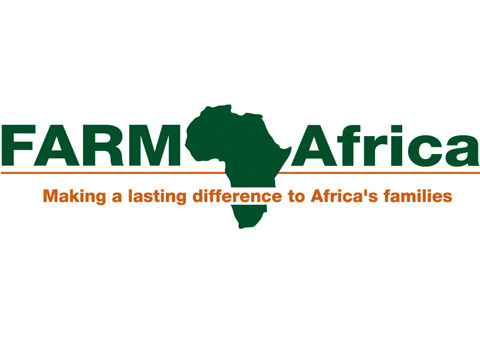
Use this link to complete the worksheet on glaciation
The blog of the Geography Department at Merchiston Castle School in Edinburgh
 Population change linked to globalisation
Population change linked to globalisation

 Use the following to help you with your research task:
Use the following to help you with your research task:
The business case studies are here.
 Use the following links to help with your report:
Use the following links to help with your report:






 AS Geography requires two compulsary case studies of the impacts of climate change - Arctic and Africa.
AS Geography requires two compulsary case studies of the impacts of climate change - Arctic and Africa.
 Unreported World - Channel 4 - Russia: Railway of bones
Unreported World - Channel 4 - Russia: Railway of bones 






The National Trust has:
 Use these links to complete your notes on some of the solutions to the environmental impacts of globalisation
Use these links to complete your notes on some of the solutions to the environmental impacts of globalisation 

